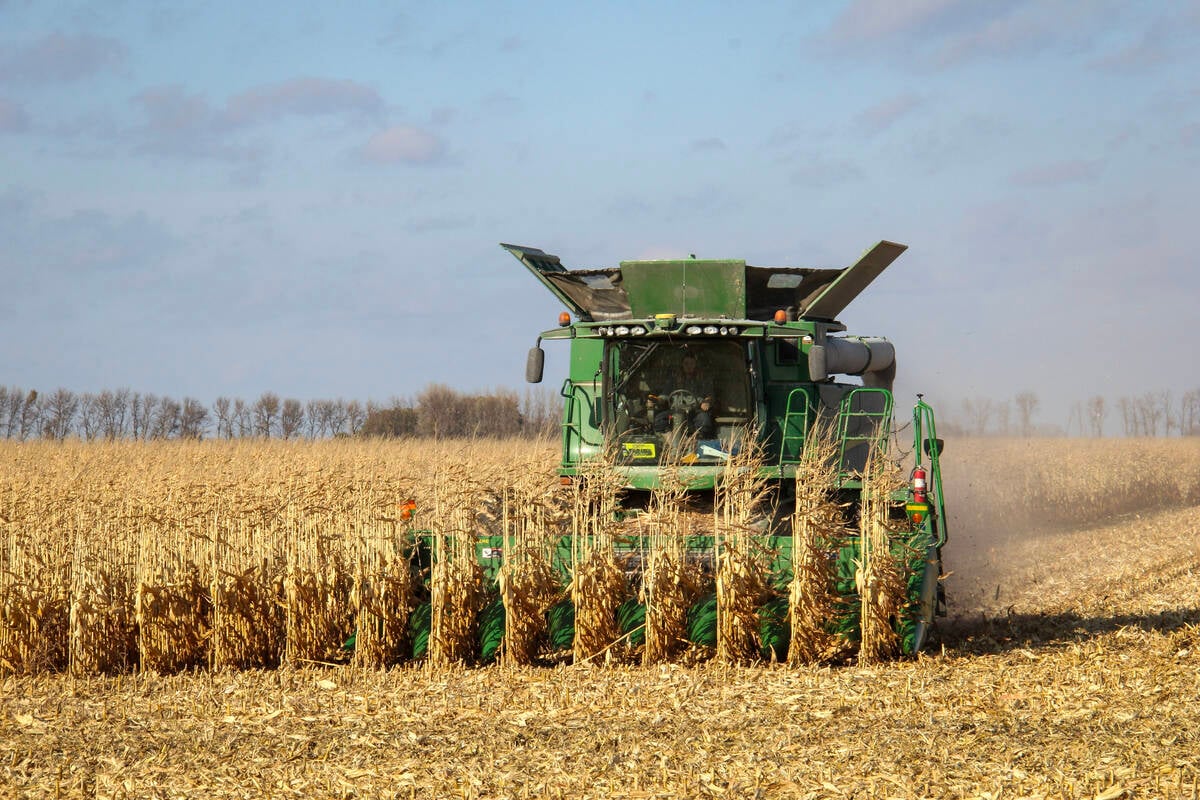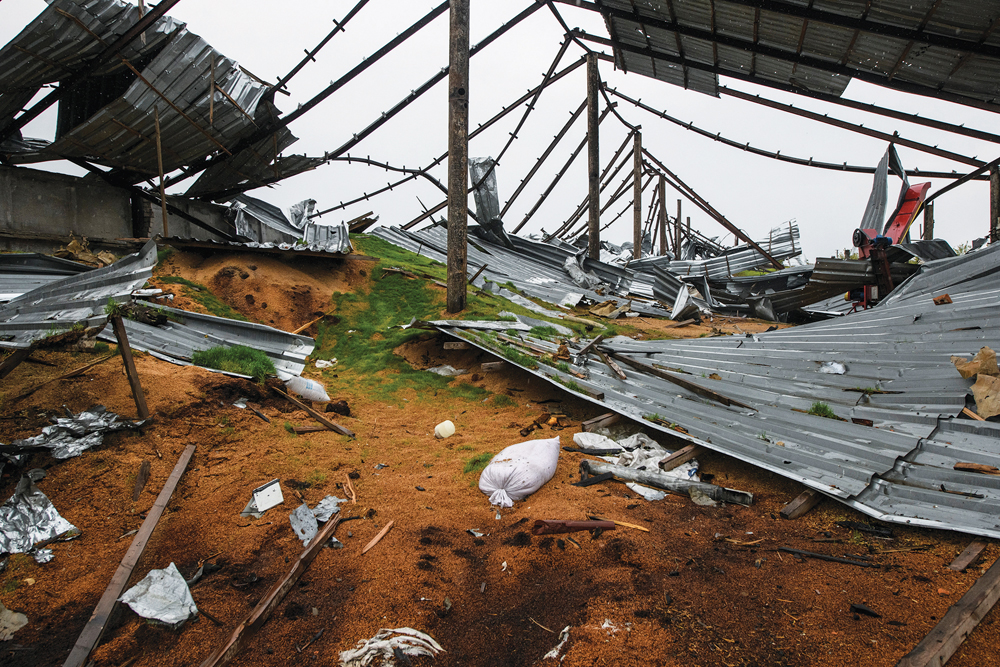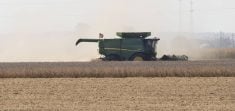Over the past few years, if not decades, there’s been a lot of volatility in markets and economies worldwide.
You can start 30 years ago with the Asian currency crisis, Russian debt default and Long-Term Capital Management hedge fund collapse in the late 1990s as examples of explosive events in financial markets.
Then, as we entered the new millennium, the dotcom bubble that had been building for more than five years finally popped, with many technology companies going bankrupt. (Remember Pets.com and its famous sock puppet mascot? That’s OK, neither does anyone else.)
Read Also

Manitoba corn research looks for home-based weed control
University of Manitoba researchers want corn growers to have Manitoba-based weed control advice, not U.S. or Ontario-based recommendations.
The overall tech heavy NASDAQ Index dropped 80 per cent in the following few years. Most major stock markets around the world dropped in half.
After a painful hangover lasting several years, fast money and leverage eventually found a new place to party: the housing market. At the same time, a broad commodity bubble was brewing. Investment money rushed in to bid oil up to US$140 a barrel, soybeans to $16 a bushel and copper to $4 per pound. All these markets eventually fell back to earth when the 2008 mortgage lending bubble exploded.
After another lengthy hangover, the party moved to techno raves lasting more than five years, from around 2015 to 2021, with bitcoin and other crypto currency revelers staying way beyond closing time.
Bitcoin started at pennies, moved higher to almost $70,000 and eventually dropped back to the $20,000 level we are at today. Interspersed between these crypto parties was a huge pot party with marijuana stocks taking off as countries around the world loosened regulations.
When the lights came on, reality set in and things didn’t look as good as everyone wanted to believe.
These are all classic patterns of a price surge followed by the inevitable collapse. So, are commodities undergoing a similar bubble today with air now slowly leaking out?
For grains in particular, the recent bout of volatility started with the initial COVID collapse and subsequent surge in 2020, the drought in 2021, and finally the Russian invasion of Ukraine in 2022. With inflation now forcing interest rates higher around the world, are the wild times in commodities and other assets coming to an end?
While there are signs we are experiencing asset bubbles, it’s harder to know when those bubbles will end. It is equally hard to tell how low and for how long prices will go afterwards.
So, is it possible grain prices will fall back to where they were from 2015 to 2020? During that time, canola traded in the $500 range, wheat futures were mostly around $5 per bushel, corn was near $3.50 and soybean futures fluctuated around $10 a bushel.
Or with high inflation worldwide and tightened global food supplies, have we reached a new higher plateau for commodity prices, as happened following the inflationary 1970s?
As we saw earlier, three separate, unique and low probability events caused grain prices to rise this time: pandemic, drought and war. It would require at least one or maybe two events like these to push prices back up substantially.
While unlikely, never say never when it comes to the markets. However, history suggests financial gravity will continue to keep grain prices in check.
Regardless of what happens, we should at least think about trends in both directions and be prepared for either, just in case.
With this in mind, markets have passed through a three-year period of high volatility, levels not seen since the 2008 global market meltdown. And a question on most farmers’ minds is what are farm-related commodities going to do?
I like looking at longer-term charts to help tell the story. Most commodity prices tend to rise and fall together, meaning input costs like fertilizer and energy like diesel and natural gas are now drifting lower, as are many crop prices around the world. And to take the analysis a step further, it’s also the margin between revenues and expense, or inputs and outputs that ultimately rule the day.
Keep a close eye on the interplay between metal prices, energy feedstock and inputs compared to crop prices.
Bottom line, the medium-term commodity price uptrends peaked last summer and have been drifting lower since. Will another leg higher develop? Or will prices continue lower?
Since farmers’ risk is to the downside, that’s the direction we need to focus our marketing and hedging strategies. While we all want to see canola above $20 and wheat at $13 or $14 again, hope is not a strategy.
Low prices hurt more than high prices feel good and remember, you have to feed a bull every day, but a bear can hibernate for a long time.















